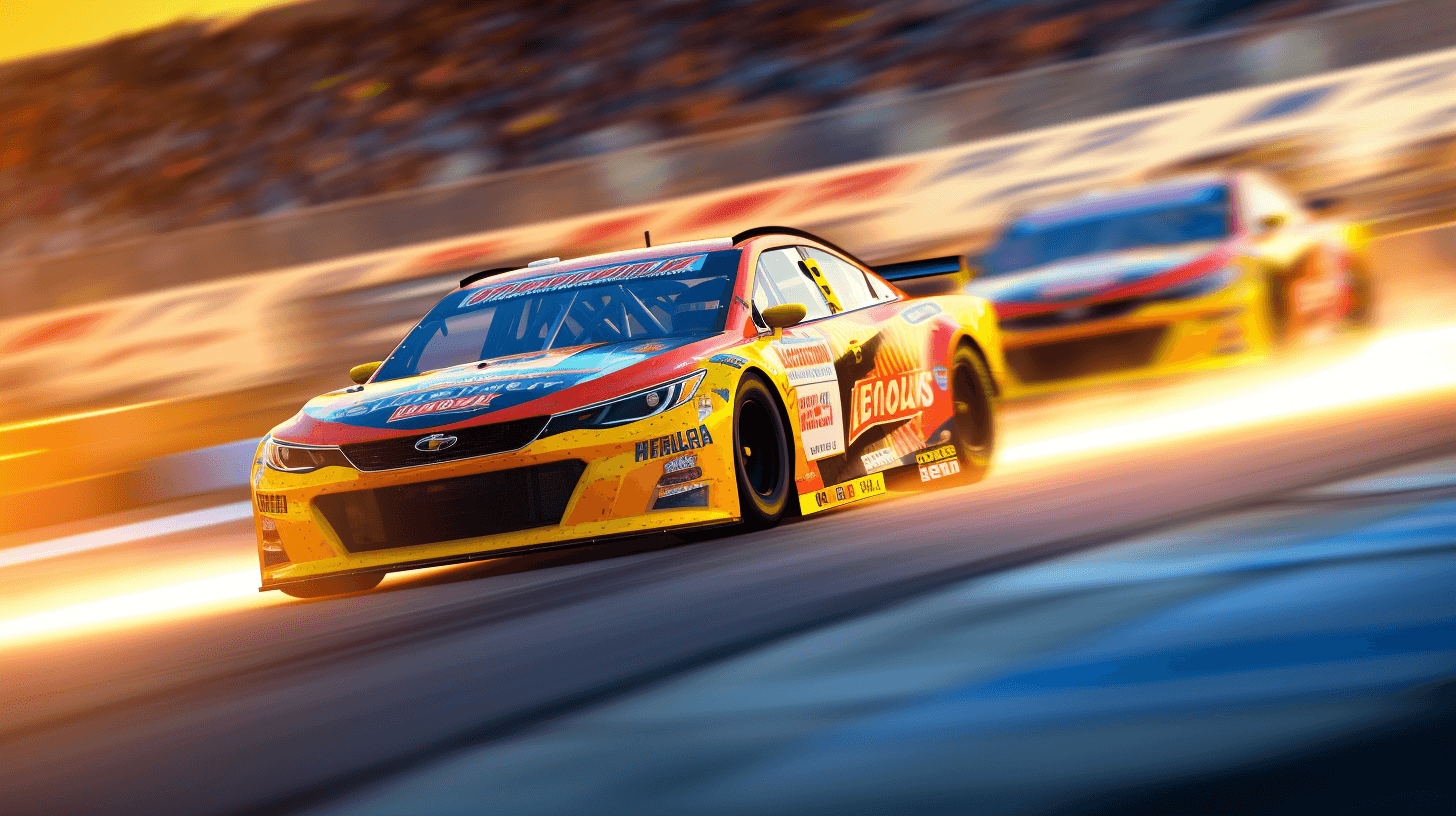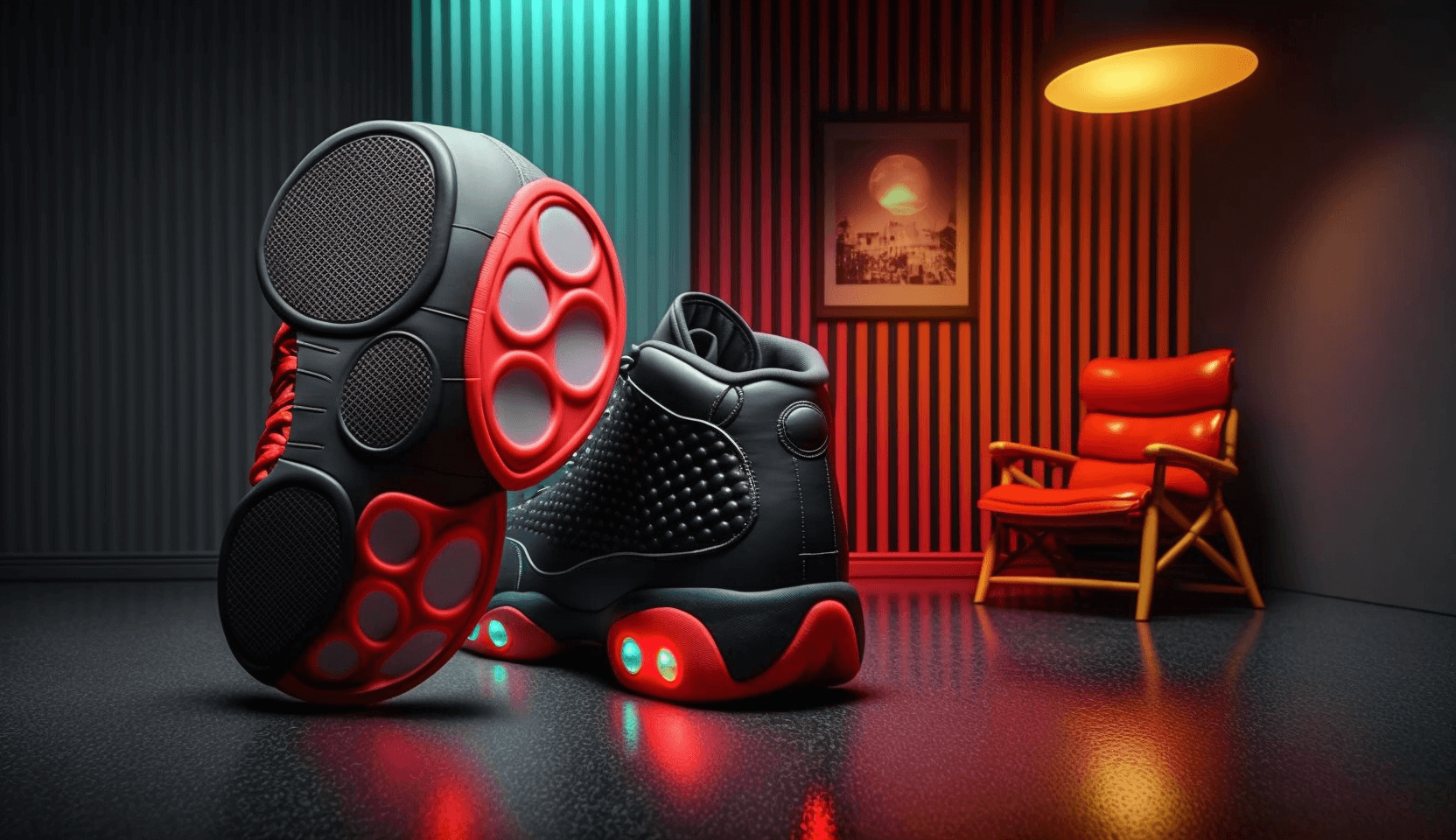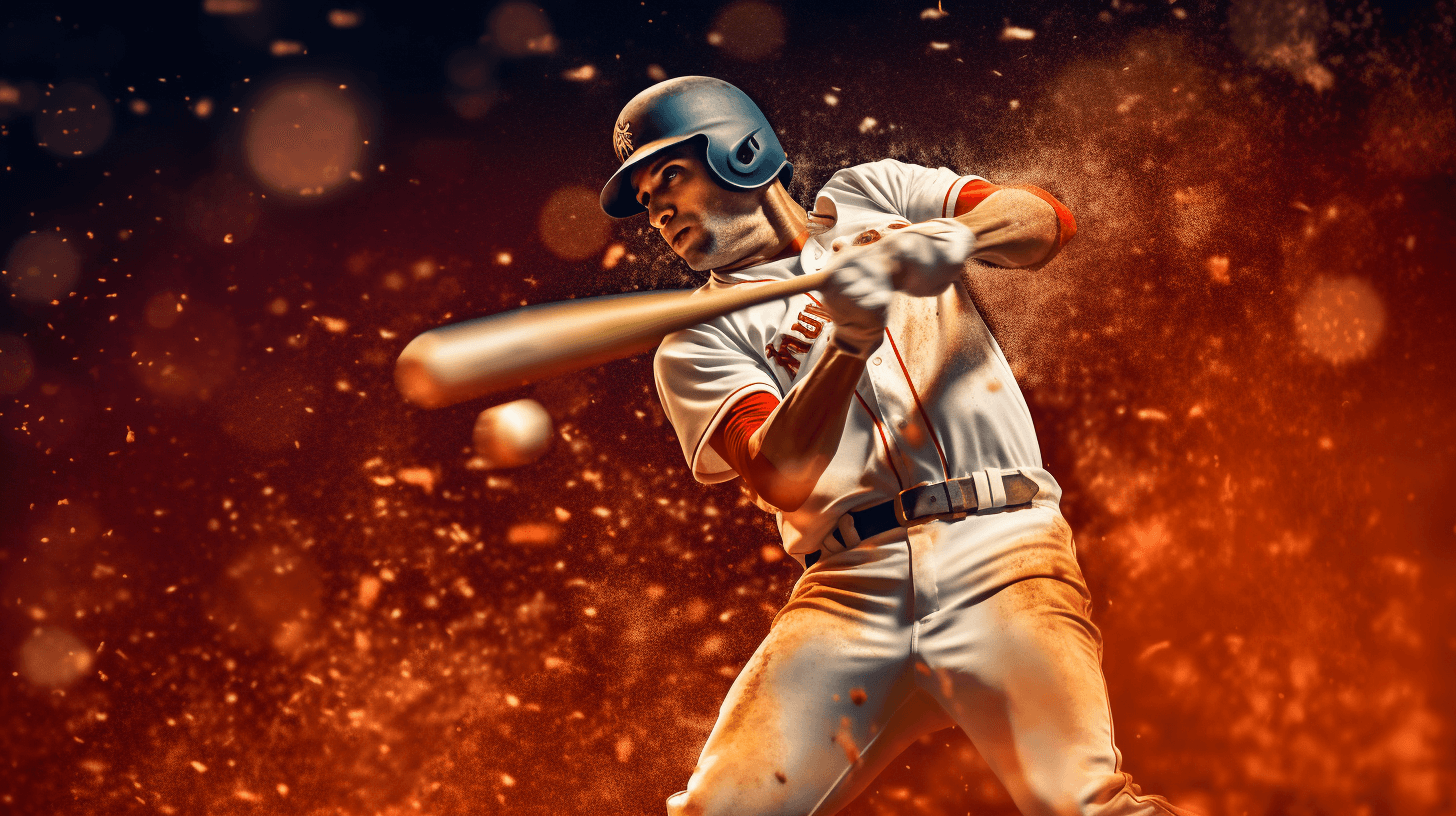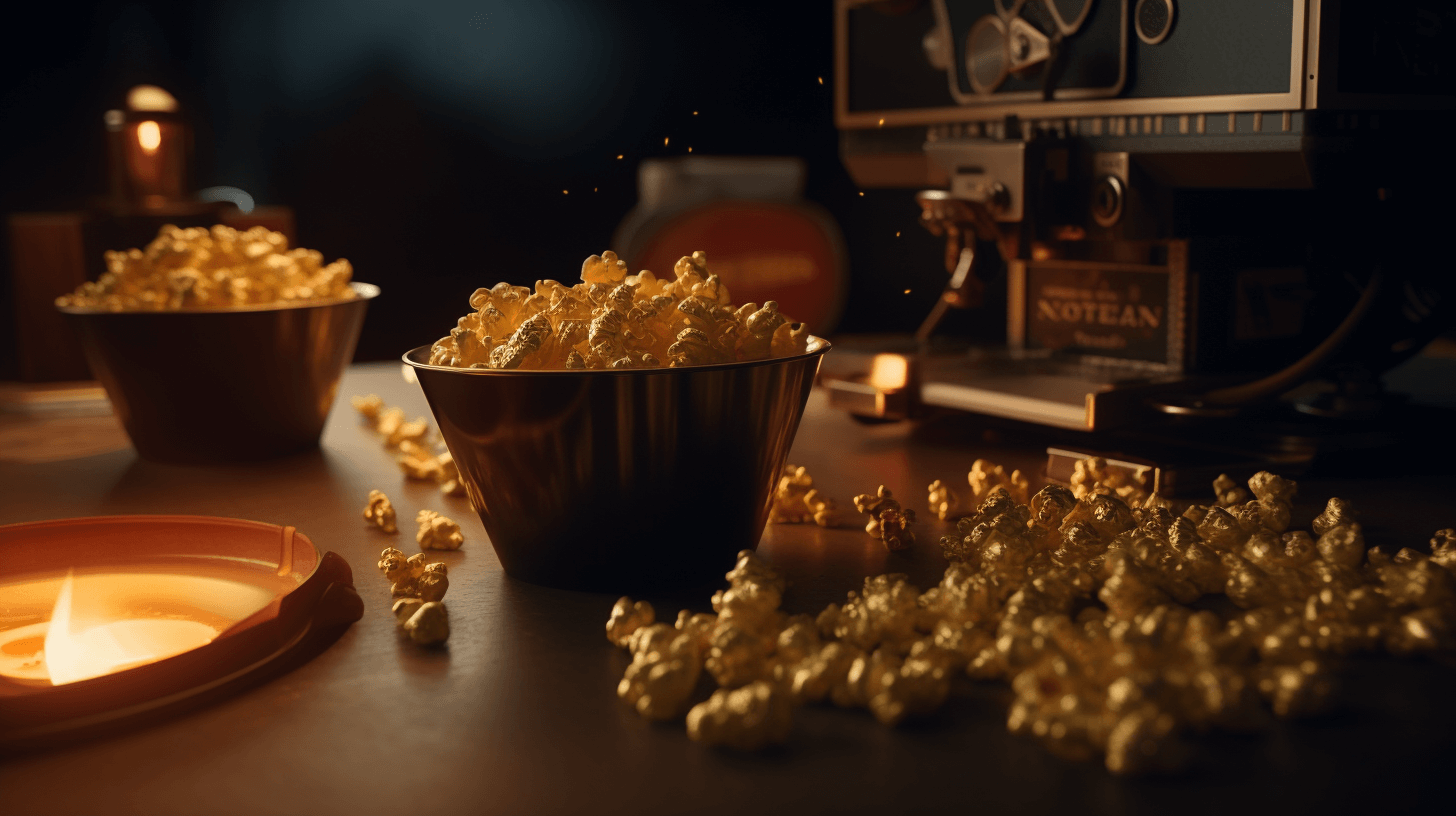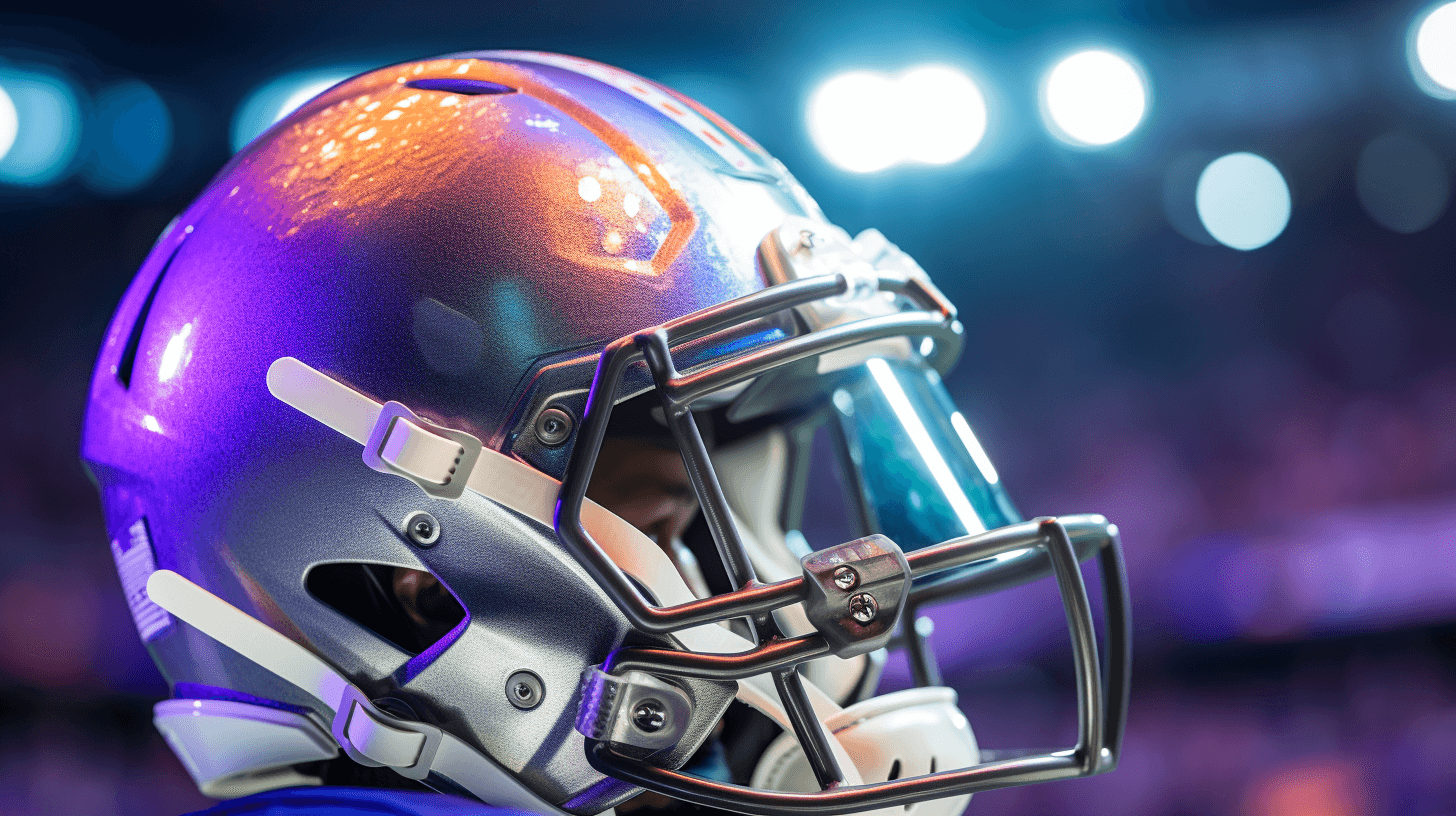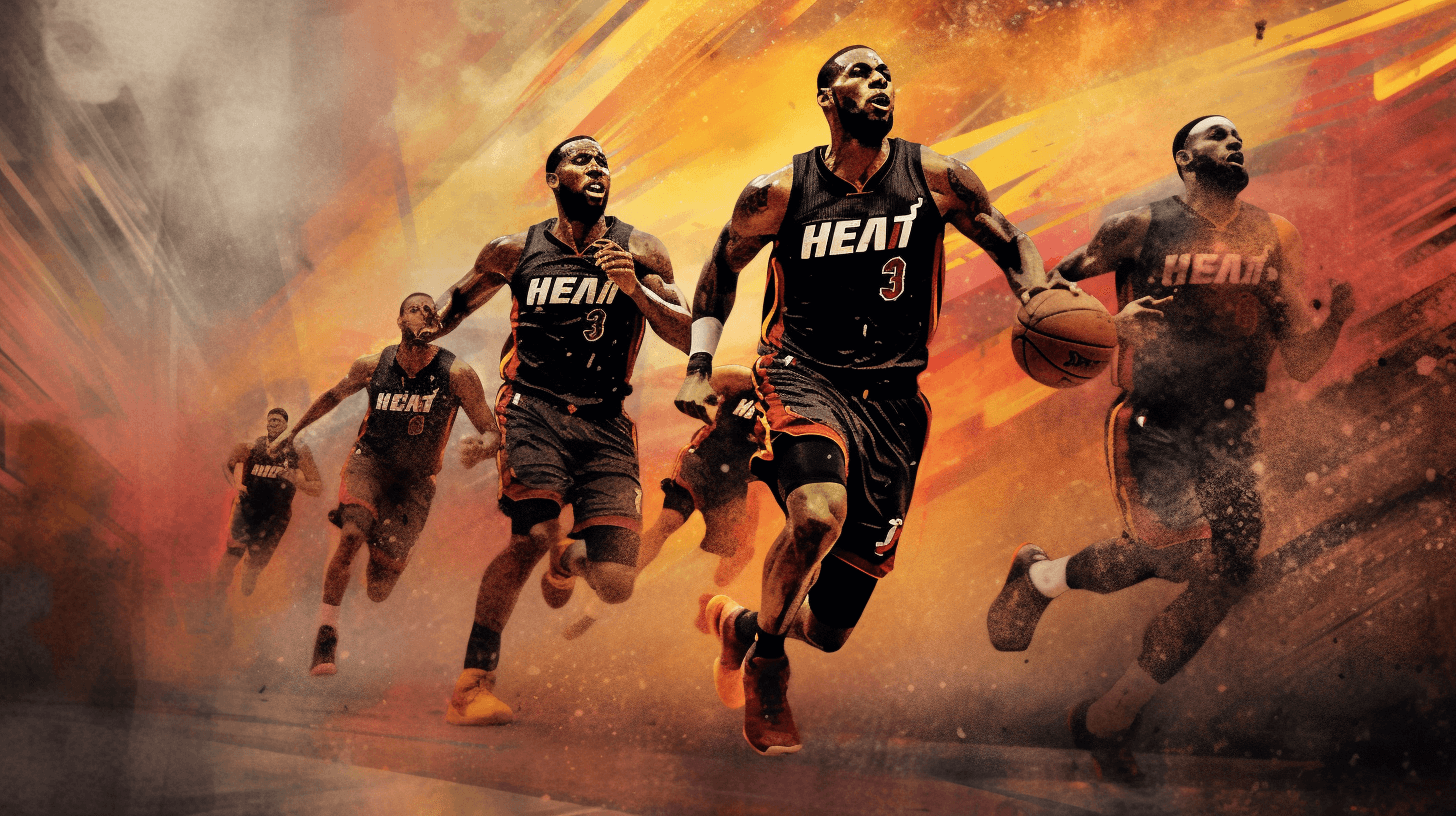🌊🏎️ Picha Every Year Tellin’ Da Story: Wahines Makin’ Big Waves At Indy 500
In da place where da “Gentlemen, start your engines” went big time, couple dozen wahines going meet up Sunday fo’ take one picture 📸 by da Indy 500 scoring pylon.
Right aftah da last notes of da national anthem, one group of wahine engineers, mechanics, and big-time managers going scramble ova fo’ one yearly pose dat wen show us da real and symbolic progress of wahines at da Indianapolis Motor Speedway.
Eight years ago, had only three wahines in da first picha. Dis coming Sunday, at da 107th Indy 500, might have 10 times as many – and plenty of dem could play one major part in which drivah going be drinking milk 🥛 an’ getting all da applause from 300,000 people as da champion of da world’s biggest race.
Last year, Angela Ashmore, da support engineer who wen calculate da fuel strategy fo’ Marcus Ericsson, was da first wahine on a team dat won da biggest show in Racing. Dis year, could be Anna Chatten, da gearbox mechanic for six-time NTT IndyCar Series champion Scott Dixon. Or Kate Gundlach, one lead performance engineer fo’ Arrow McLaren (which wen qualify all four of their cars in da first four rows).
Da Indy 500 been linked wit successful wahines for almost half-century since Janet Guthrie wen become da first wahine to race in da Indy 500 in 1977 (da same year she wen make history by starting da Daytona 500). Had plenty trailblazers since den, including Lyn St. James, Sarah Fisher (da pace car driver fo’ dis year’s race) an’ Danica Patrick, who as one rookie wen become da first wahine to lead da Indy 500 in 2005.
While da numbah of wahine drivahs has gone down at da Brickyard, wahines having one bigga impact in da behind-da-scenes roles than at any point in Indy 500 history.
Da Indy 500 group photo for wahines was da smart idea of Cara Krstolic and one result of one Facebook group started for wahines in racing by da director of race tire engineering and manufacturing for Firestone.
Before she wen move up into management, Krstolic started as an IndyCar engineer in 2007 and was kinda bummed by da lack of wahines in da paddock. “I looked around said, ‘Where are all da wahines?’” Krstolic told NBC Sports.
One supportive environment is seen as super important for bringing in new wahine talent to da garages that used to be mostly guys. Through sponsor PNC Bank, Chip Ganassi Racing is in its second year with a Women in Motorsports internship program.
But Ashmore said dat sometimes da drive for getting involved can start outside of da racetrack. The seeds of her love for racing were planted by a NASCAR-loving faddah who took her often to one short track in Berlin, Michigan. “I just totally fell in love, and that’s all I ever wanted fo’ do,” she said. “I had no idea how I was going to do it or what I was going to do. I just wanted to be around it.”
Nowadays, all da wahines involved in da race showing us that they not just there for fun. They contributing to making things better and making history. And da Indy 500 is one major part of that. So dis year, as da engines start and da race begins, we going see plenty more wahines making waves 🌊, an’ we all gonna be cheering them on. 🏁🏎️👏🎉
NOW IN ENGLISH
🌊🏎️ Yearly Snapshots Unveiling: Women Influencing the Tides at Indy 500
At the same location where “Gentlemen, start your engines” became iconic, a group of women will gather on Sunday to take a picture 📸 at the Indy 500 scoring pylon.
Immediately after the final strains of the national anthem, a contingent of female engineers, mechanics, and high-ranking managers will hustle over for an annual pose. This moment provides both a tangible and symbolic snapshot of the strides made in gender equality at the Indianapolis Motor Speedway.
Eight years back, only three women were in the initial photo. This upcoming Sunday, at the 107th Indy 500, there might be ten times that number – and many among them could play a pivotal role in determining which driver will be enjoying the victory milk 🥛 amid cheers from 300,000 spectators as the champion of the world’s largest race.
Last year, Angela Ashmore, the support engineer who figured out the fuel strategy for Marcus Ericsson, was the first woman on a team that clinched the Greatest Spectacle in Racing. This year, it could be Anna Chatten, the gearbox mechanic for six-time NTT IndyCar Series champion Scott Dixon. Or perhaps Kate Gundlach, a lead performance engineer for Arrow McLaren (which managed to qualify all four of their cars in the first four rows).
The Indy 500 has been linked to accomplished women for nearly half a century since Janet Guthrie became the first woman to compete in the Indy 500 in 1977 (the same year she made history by starting the Daytona 500). There have been numerous pioneers since then, including Lyn St. James, Sarah Fisher (this year’s pace car driver), and Danica Patrick, who in 2005 became the first woman to lead the Indy 500 as a rookie.
While the number of female drivers has decreased at the Brickyard, women are making a larger impact in behind-the-scenes roles than at any other point in Indy 500 history.
The idea for the Indy 500 group photo of women was the brainchild of Cara Krstolic, inspired by a Facebook group created for women in racing by the director of race tire engineering and manufacturing for Firestone.
Before rising to a managerial position, Krstolic began her journey as an IndyCar engineer in 2007 and was disheartened by the lack of women in the paddock. “I looked around and said, ‘Where are all the women?’” Krstolic recalled in an interview with NBC Sports.
A nurturing environment is recognized as crucial for attracting fresh female talent to traditionally male-dominated garages. Through sponsor PNC Bank, Chip Ganassi Racing is in its second year with a Women in Motorsports internship program.
However, Ashmore mentioned that the motivation to get involved can often originate outside of the racetrack. The seeds of her passion for racing were planted by her NASCAR-loving father, who often took her to a short track in Berlin, Michigan. “I just totally fell in love, and that’s all I ever wanted to do,” she expressed. “I had no idea how I was going to do it or what I was going to do. I just wanted to be around it.”
Today, all the women involved in the race are demonstrating that they’re not just present for amusement. They’re contributing to improvement and making history. And the Indy 500 is a significant part of that. So this year, as the engines roar and the race kicks off, we’ll be seeing even more women influencing the tides 🌊, and we’ll all be cheering them on. 🏁🏎️👏🎉

